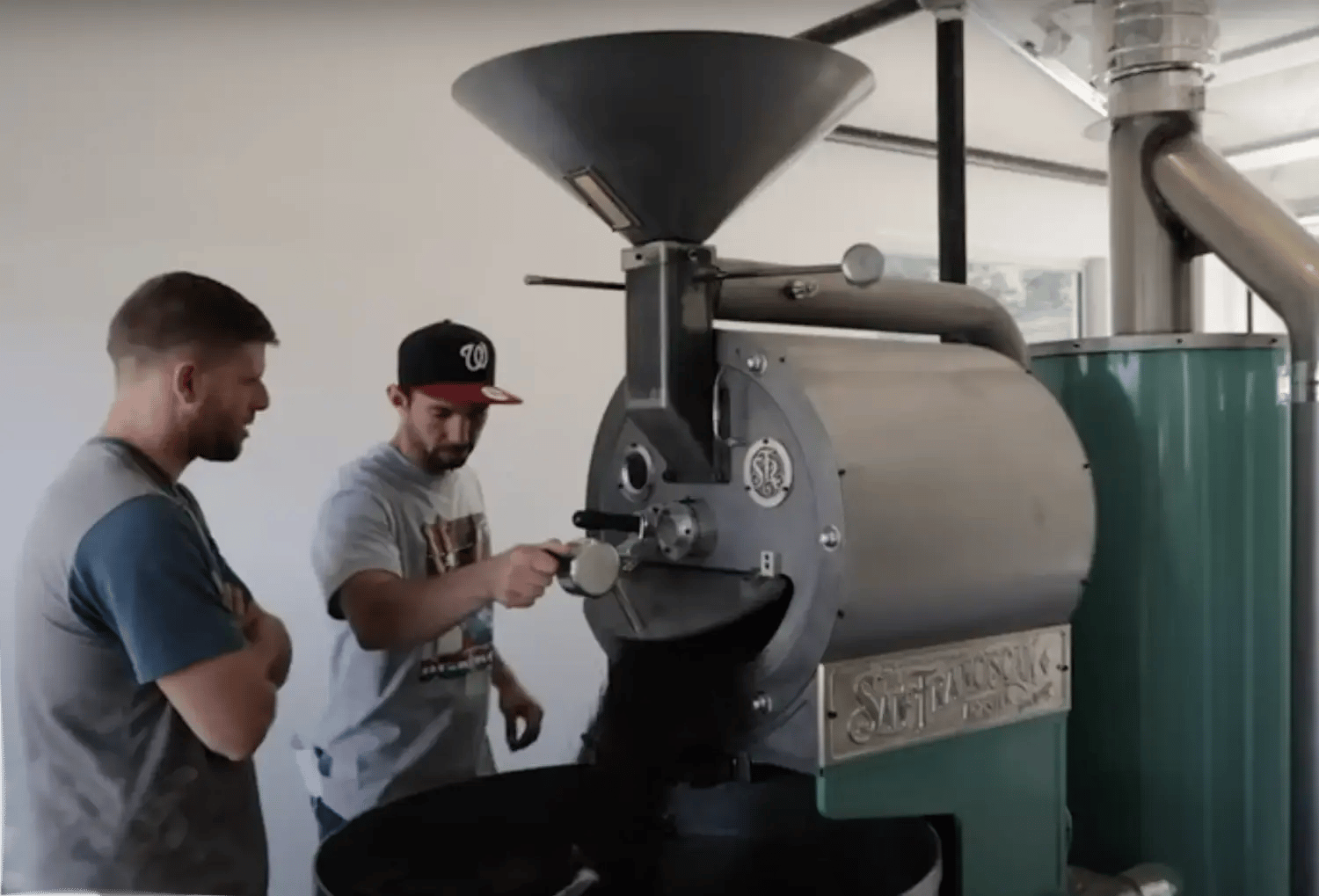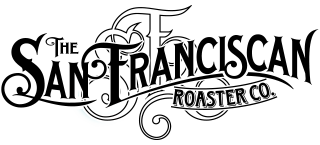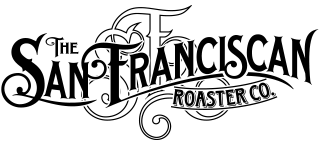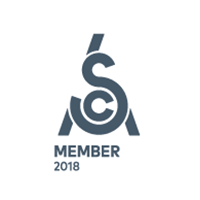
Chris Baca from Cat and Cloud Coffee posted a video on his Youtube Channel a few years back on the thought process that went into buying a commercial coffee roaster. We've revisited that video and found the information too valuable not to share with you. You can watch the video at the bottom of the page.
Chris Baca explains why they chose the SF25
The first question that I get asked all the time is, "How did you pick the roaster that you got?" You guys have the SF25—how did you settle on that? Did you look at some of the other roasters—Probat, Gieson, whatever?
There's a little bit of a thought process that goes into it.
First of all, I'm super happy with the SF25. It's been really sturdy, and I love it. If I had to do the whole thing over again, I would still buy it.
That being said, I think there's a minimum quality threshold that you need for a roaster. You need to be at a certain level, but after that, I think it has more to do with the person standing in front of the roaster than the roaster itself.
I feel like someone who knows what they're doing, or someone who's paying attention, can roast awesome coffee on a Probat, a Gieson, or the SF—whatever. The first thing we tried to figure out was if we wanted to buy new or used.
We knew that, if we could, we wanted to get our hands on a brand-new machine. A new machine is definitely more expensive, and we could have bought an old L12 or something off Craigslist a lot cheaper, but there’s a lot of uncertainty that comes with that. We needed something that was going to run right away.
I’m only slightly mechanically inclined, and we have some people who know how to work on things, but it just wasn’t worth it. We needed our focus to be on building the business. We knew we wanted to get a new roaster if we could, just to minimize headaches. We have friends who’ve had really good luck with older roasters, but they've all put a lot of good work into them, and it’s been an ongoing thing.
One of the most common things that people start to look at, at least here in the States, when they’re looking for new roasters is vintage UG series Probats. We ruled those out right away strictly because of cost. They are so expensive for what they are, and you never know the condition they’ll be in when you get them. A lot of them are in Germany or overseas somewhere.
So, the vintage series Probats are beautiful-looking machines. I’d love to have one, but the price you pay for something when you don’t know what you’re getting into is really high. You’ve got to get it to the U.S. in most cases, and you buy it without being able to inspect it. You could get lucky and find one stateside that someone doesn’t want, but they run at a huge premium. It’s kind of like buying a classic car. It’s like the ‘55 Chevy of roasters—it looks really badass, with the super red belt drive—but is it worth $80,000? I don’t know. For us, it just wasn’t an option, so we tossed that out the door really quickly.
The three roasters we had a lot of experience with prior to buying the SF25 were an older refurbished SF25 (I think it was a late '80s or early '90s build, completely redone by Bill and the squad—it was a little more basic than what we have now, but still a really good roaster), an older Probat L12 at Vertigo, and we had spent a lot of time on the Gieson 15-kilo at The French Press.
Used L12s are kind of a dime a dozen. You can find them in various states of disrepair kind of everywhere, but the thing about the L12 that we really didn’t like was it had a general lack of power compared to the Gieson or the San Franciscan. It just wanted smaller batch sizes. At the larger batch sizes, it just didn’t have enough heat to get the roast times we wanted, and even when we got good gas pressure to it, the flame just wasn’t super strong. I don’t know if it’s because the burner bank is smaller or pushes fewer BTUs than some of the other roasters, but it was definitely just a different, underpowered animal. We were still able to roast really good coffee on the L12; we just wanted something with a little more oomph to it that could handle a bigger batch if we wanted to throw it at it.
So, the biggest batch we really felt comfortable roasting in the L12 was like a 12-pound batch. A lot of people talk about the older Probats as being able to take a lot less coffee than they’re advertised for, or the optimum batch size being much smaller. A 12-kilo roaster should be able to hold, you know, 24 pounds or so, but really, at 24 pounds, that roast wasn’t going anywhere.
So, with the L12 out of the question and knowing that we wanted a newer roaster, it basically left three options in the price point we were looking at: the Probat P12 (which is the newer version of the L12), the Gieson 15-kilo, and the San Franciscan 25-pounder.
The P12 got booted from the mix pretty quickly—not because we have anything against Probat (they make great machines), but we got really used to using the variable speed fan on the Gieson, and it provided some really awesome results. We knew we wanted something with a variable speed fan.
Another reason the P12 kind of got kicked out of the mix is that we used both of the other roasters with good results, but we never actually roasted on a P12. Again, I’m sure you can make awesome coffee on it, but there’s a lot of comfort that comes with buying something you’ve used before and have been able to test out.
A roaster is your biggest piece of equipment, so getting something you really feel comfortable with is important.
We narrowed the field down to the SF25 and the Gieson 15-kilo. They’re both amazing machines that can produce awesome coffee. At that point, the decision came down to two huge things: cost and customer service.
The cost of the machines is pretty comparable, but for the same price, the SF25 comes with an afterburner, whereas the Gieson does not. With the Gieson, we’d need to pony up, I don’t know, $20,000 more for an afterburner, and in California, an afterburner is pretty much a requirement if you want to roast any kind of volume. That would make the Gieson quite a bit more expensive than the SF25.
We let that sit for a bit, and again, we were on a really small budget. We don’t have any investors—it’s just us. We paid for almost everything we got with a small SBA loan of $250,000, and even during the buildout, it became clear we were going to run short. We had to do a Kickstarter campaign to finish the buildout and pay for everything. Cost, while it’s not sexy and fun to talk about, is a major consideration for someone starting their own business.
What really pushed us over the edge with the San Franciscan was that it’s an American-made machine, and we knew the people personally who built it. The roasters are built in Nevada, which is really close to where we’re at, and there’s a sense of security in knowing that if we have a part failure, or something breaks, or a motor goes out, we can get it next day. We don’t have parts coming from Germany. Even though Probat and Gieson have U.S. distributors, they’re still made overseas, and I’ve had some friends who’ve had issues getting parts right there. There’s always the potential to be left in a lurch and not have the parts you need. So, there’s a lot of comfort in knowing everything’s manufactured here and is close by and accessible.
In addition to that, Matt and Bill are really easy to get on the phone if we have questions or just need to know stuff. We haven’t had any catastrophic failures, but when we do deeper cleanings, like when we remove the jets and go through all that, I can call Matt, get him on the phone in five minutes, and talk through it with him. Being able to talk to the people who physically put your machine together is a big deal for me. Having a roaster that works versus one that doesn’t is the difference between having a business and not. I was talking to Grace about it, and I said:
“If the roaster goes down, we’re just a bunch of nice people in a building.”
So those are the roasters we really looked at. Again, cost, customer service, the ability to source parts closer, and having the little doodads we wanted, like a variable speed fan, all stood out to us.


